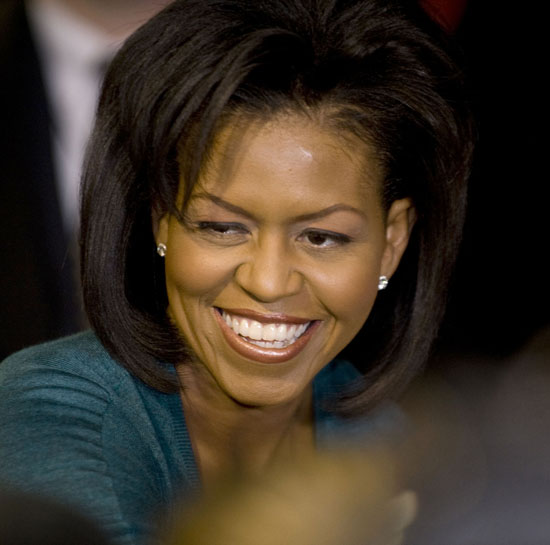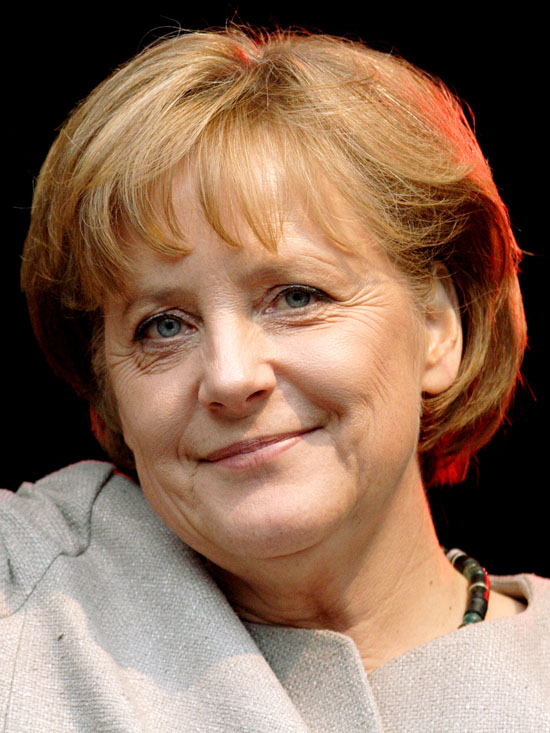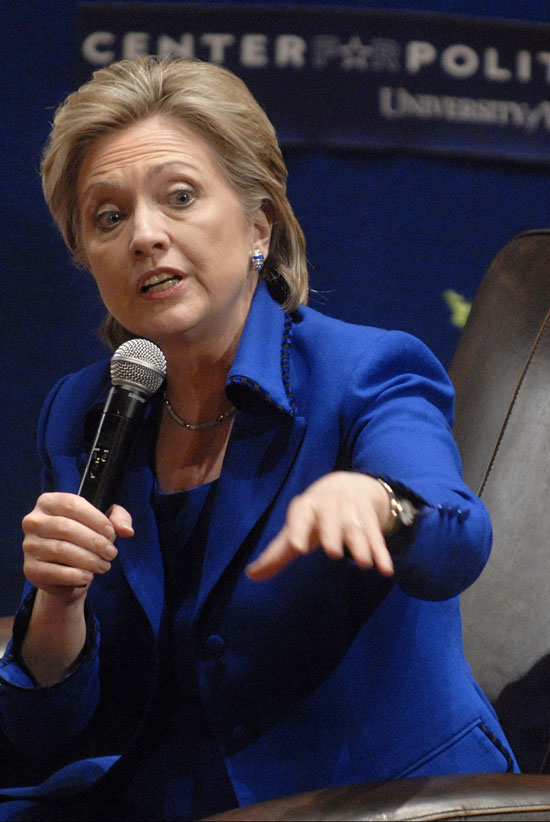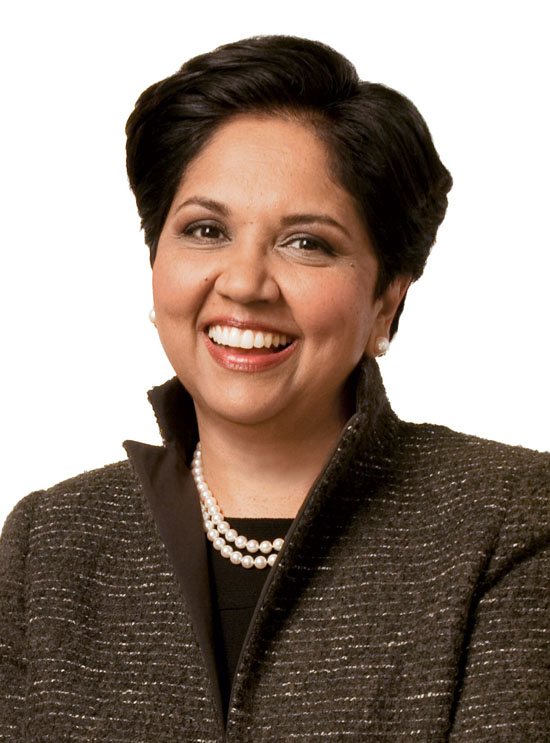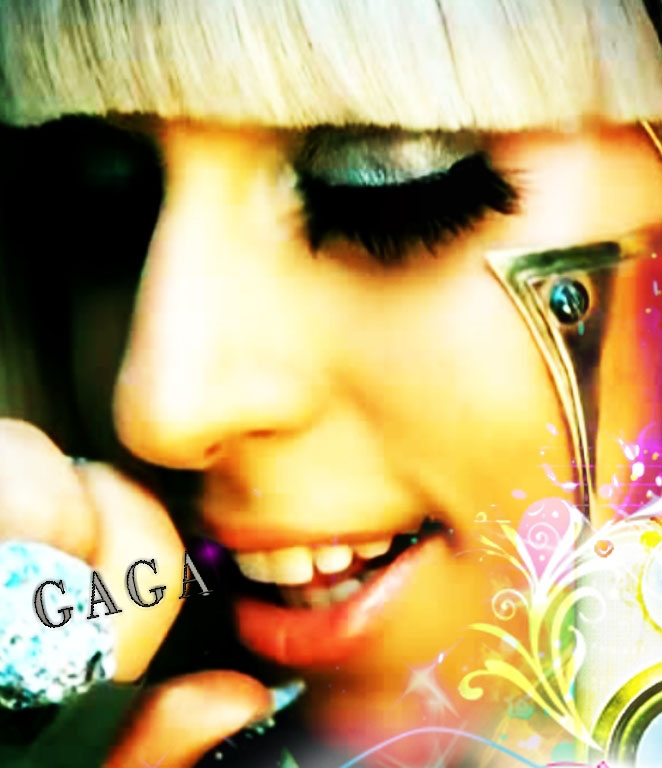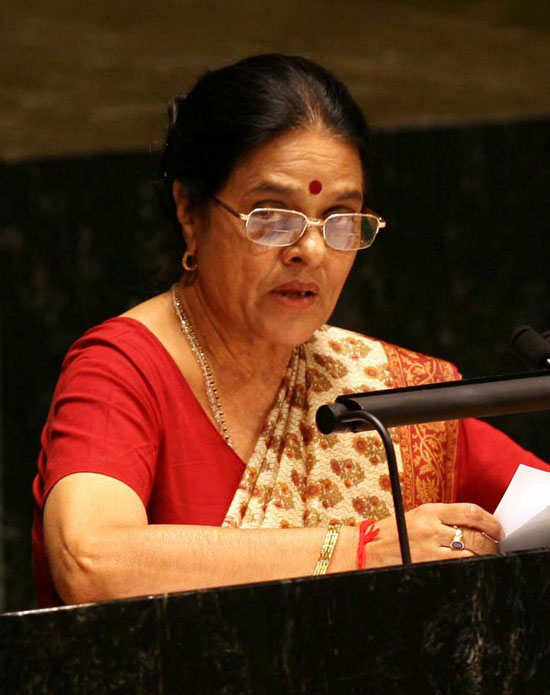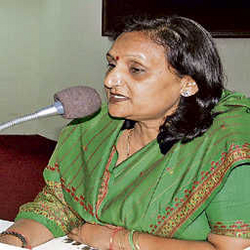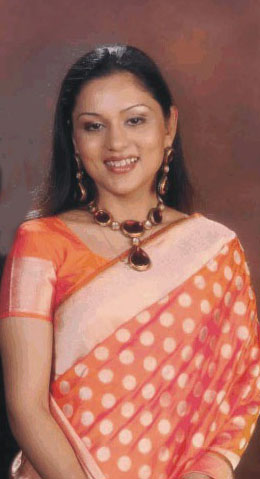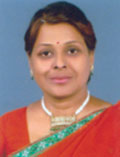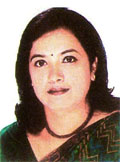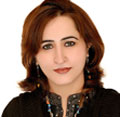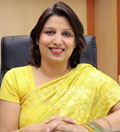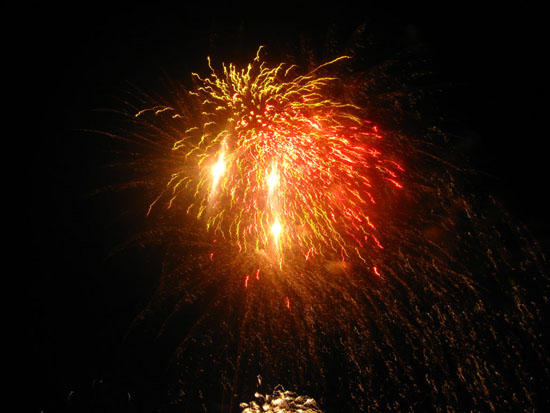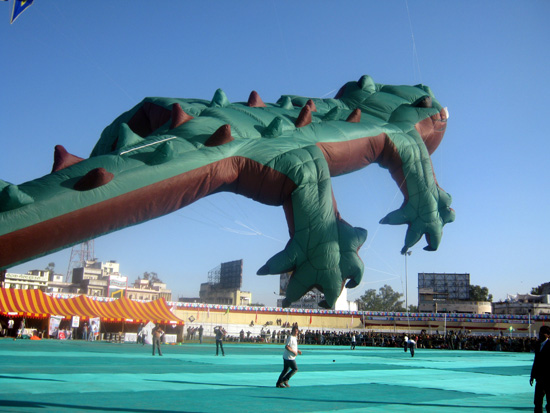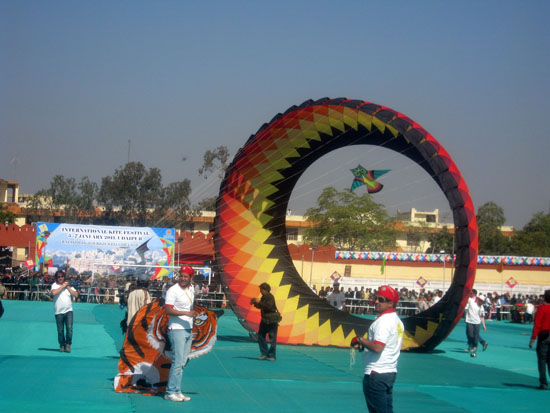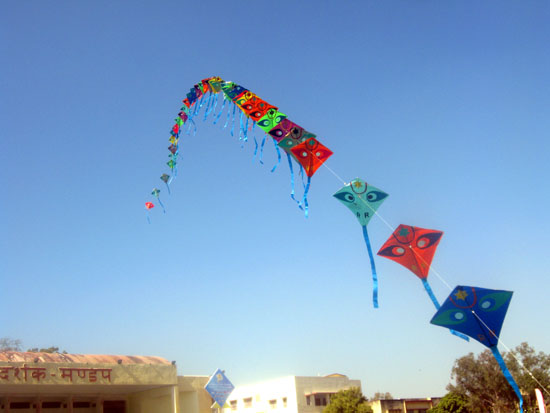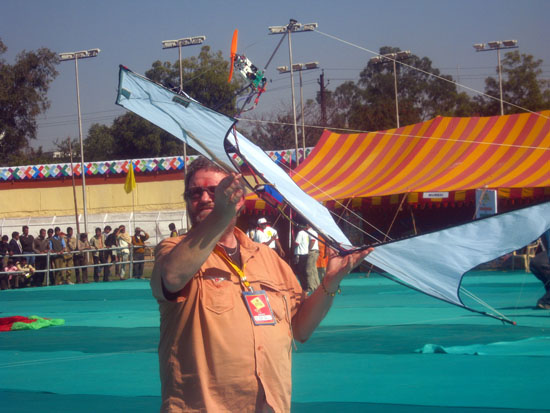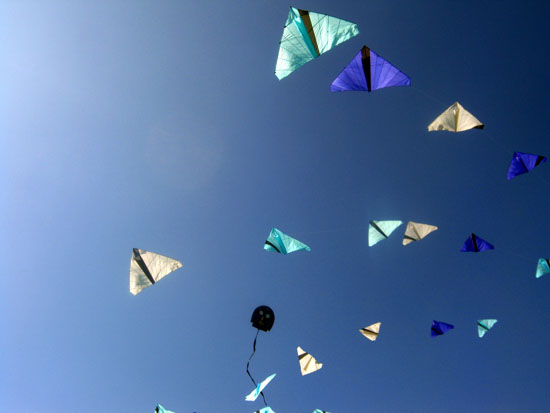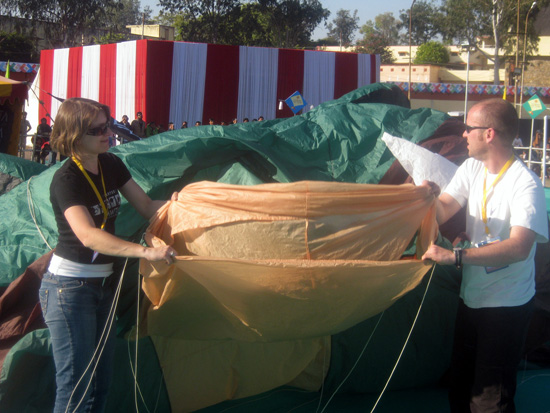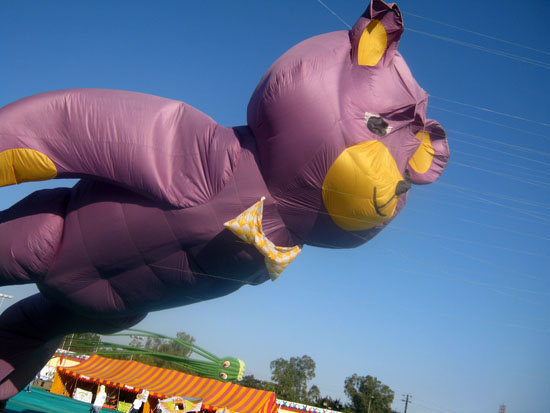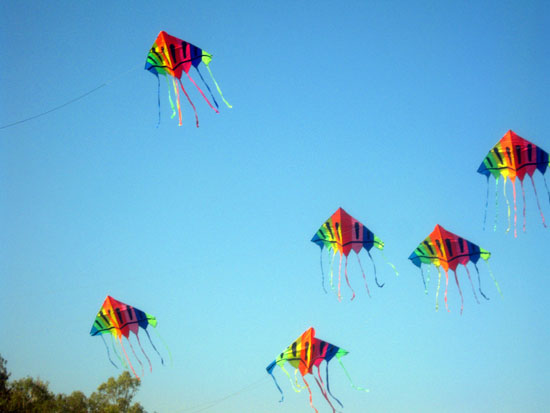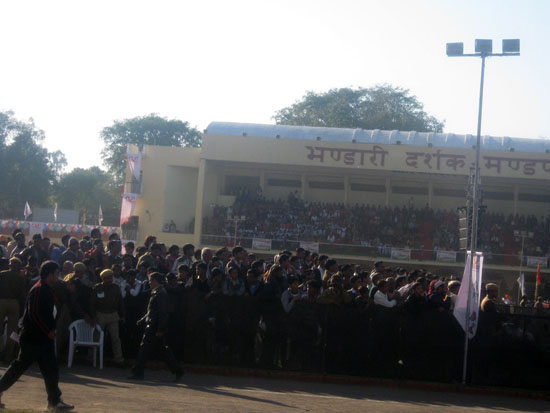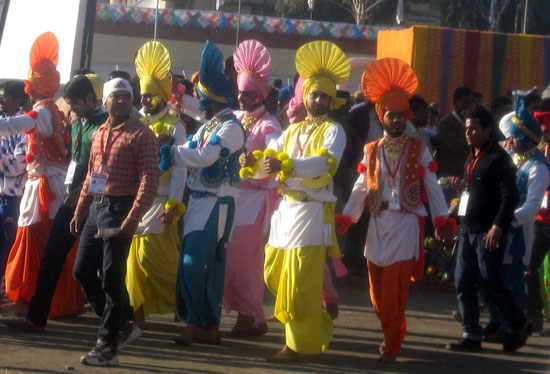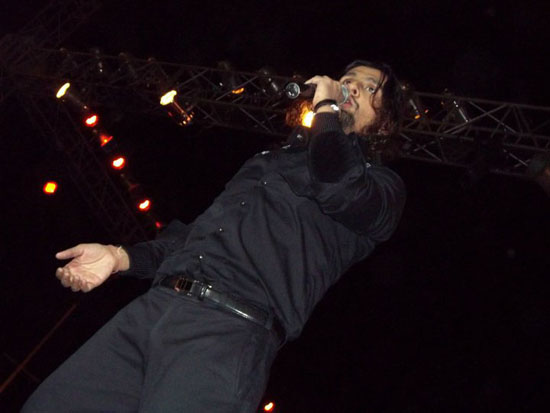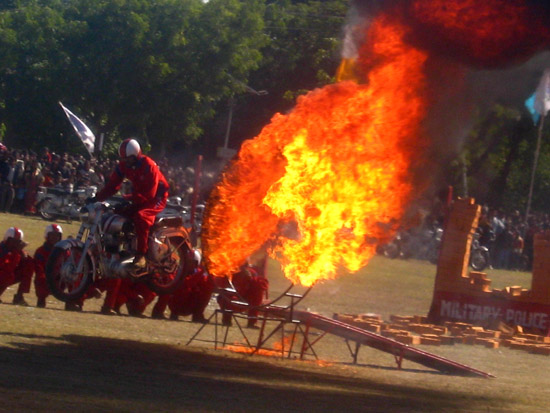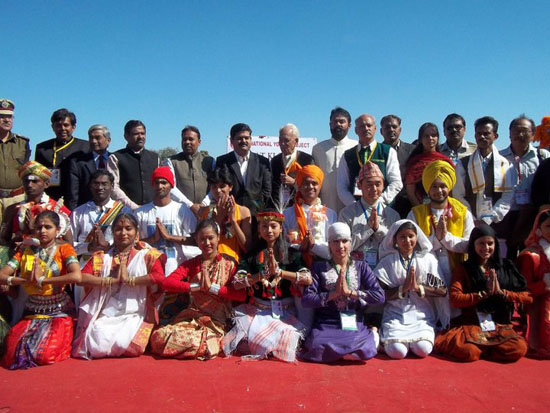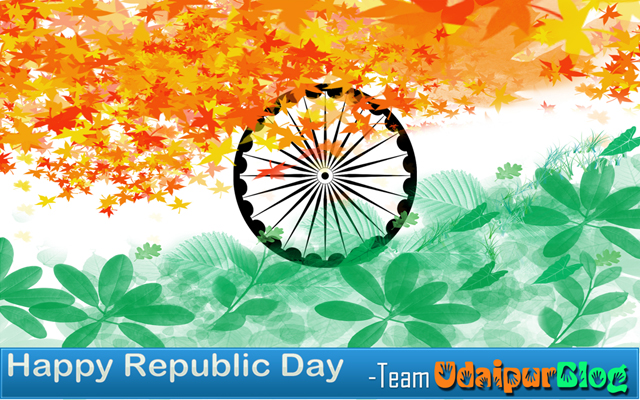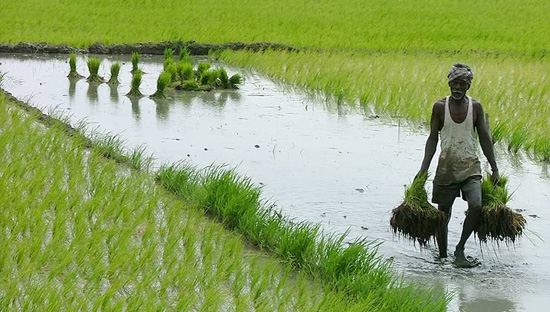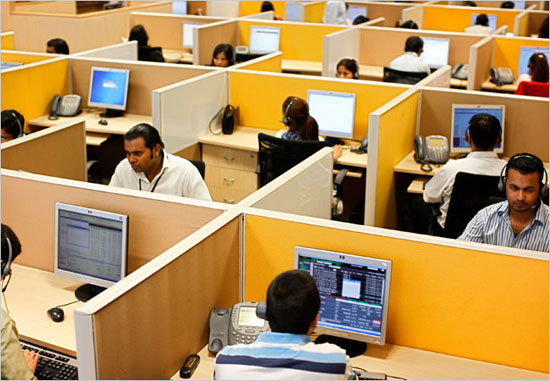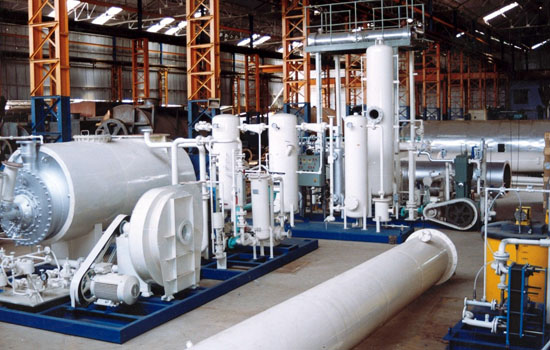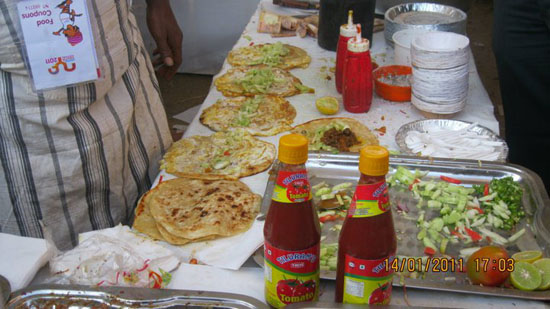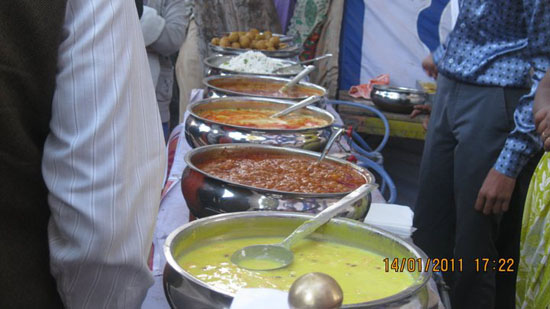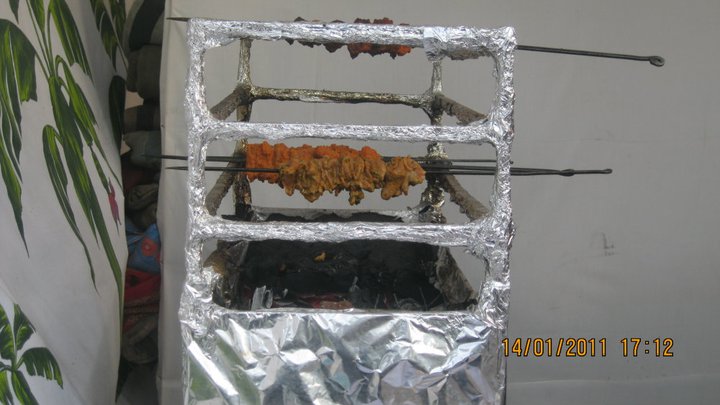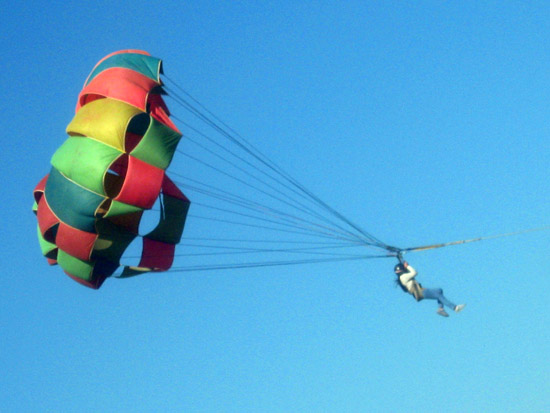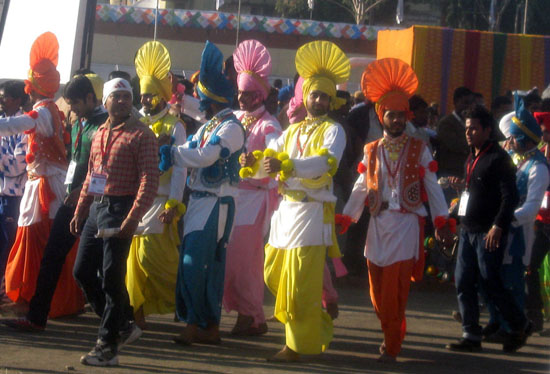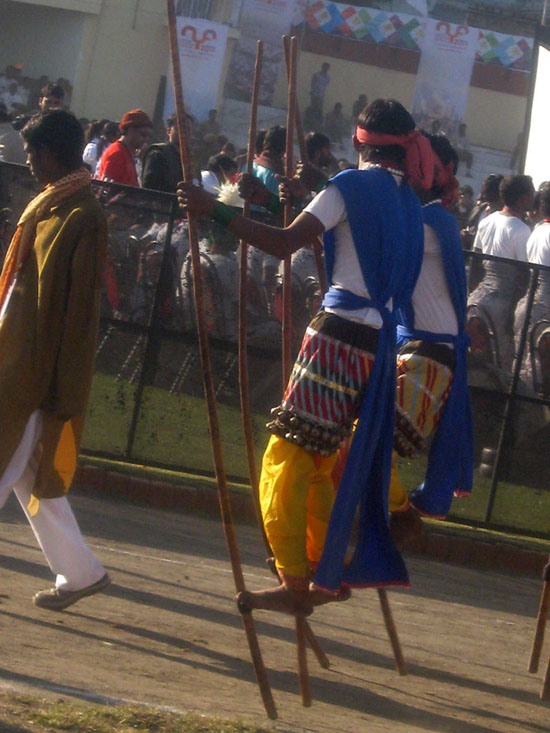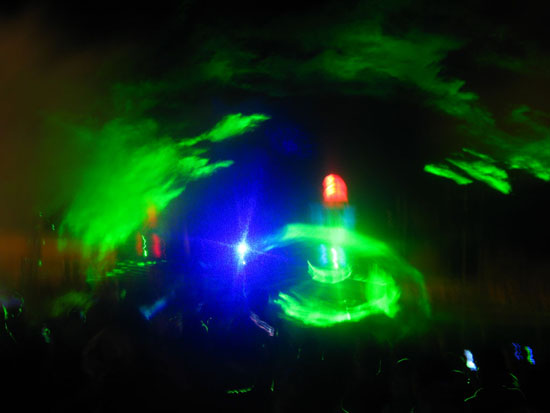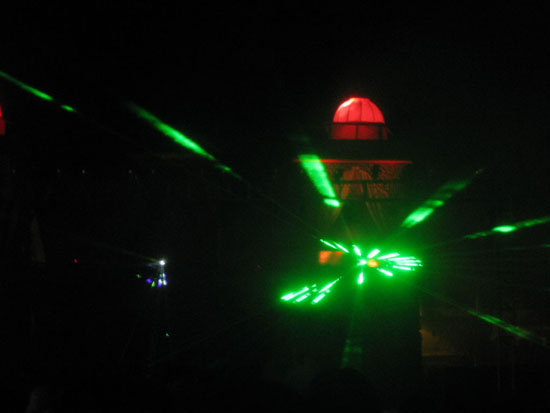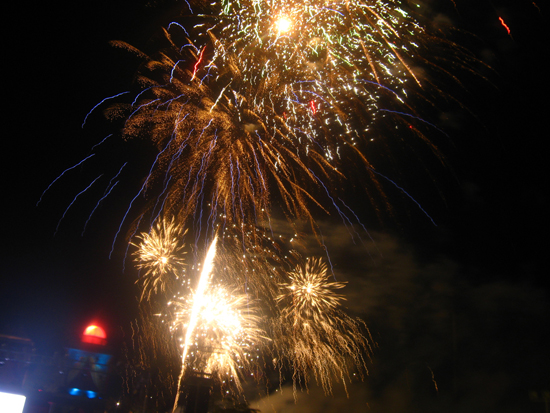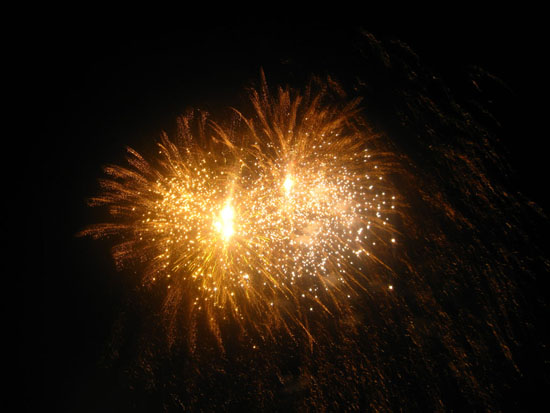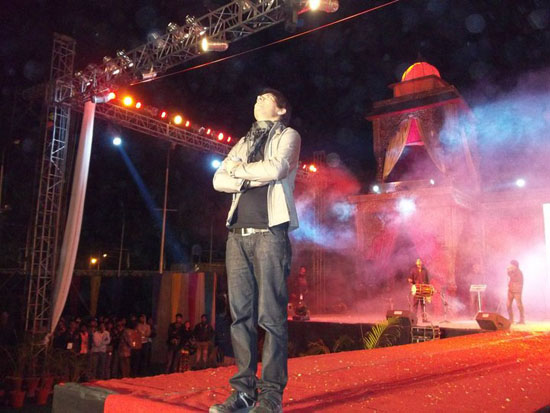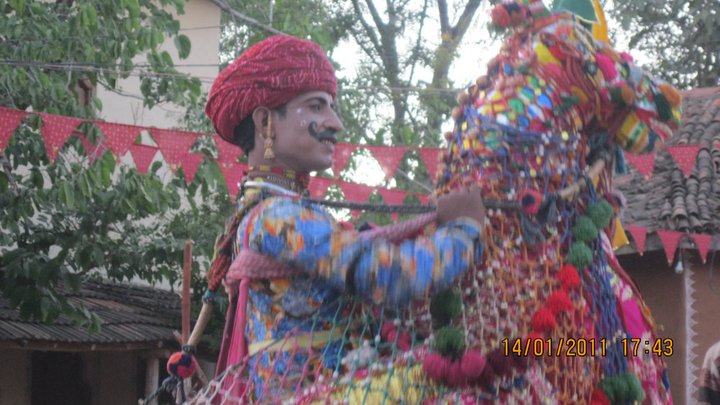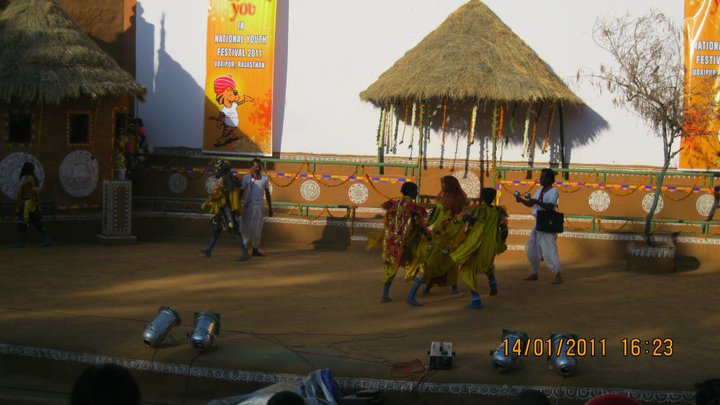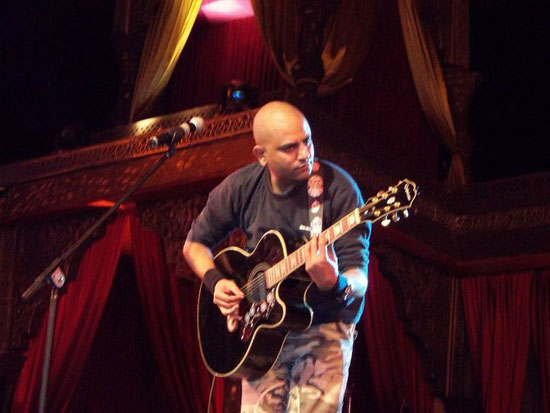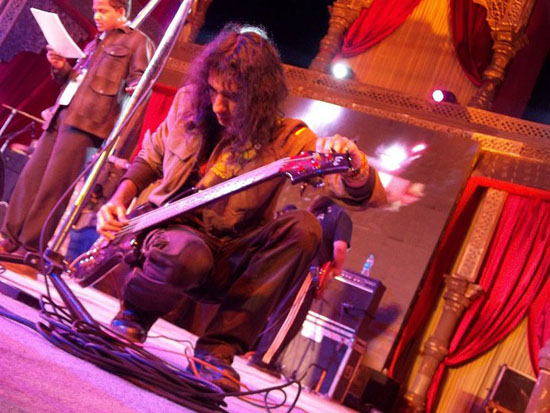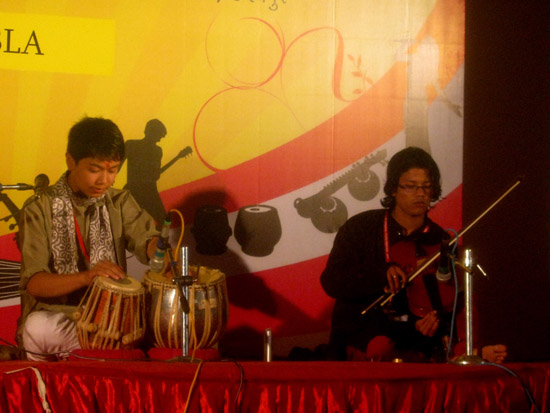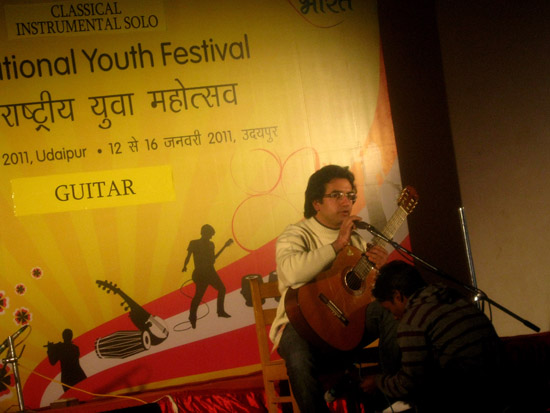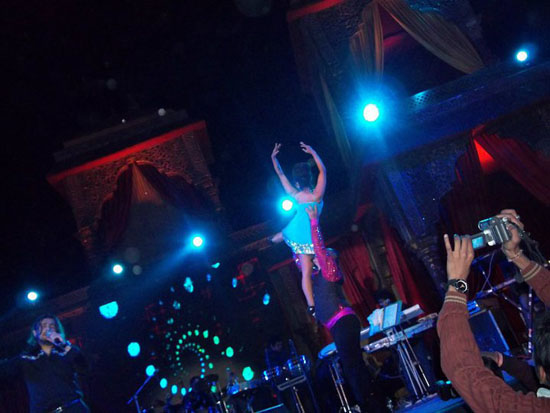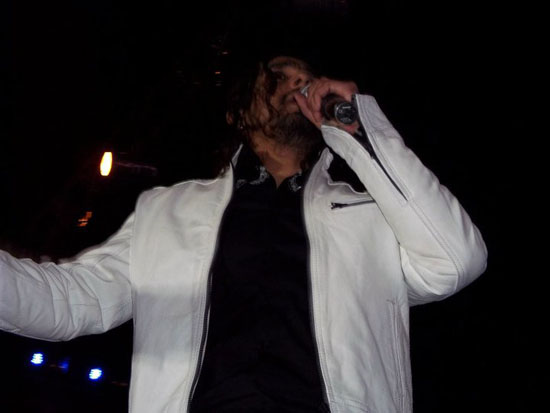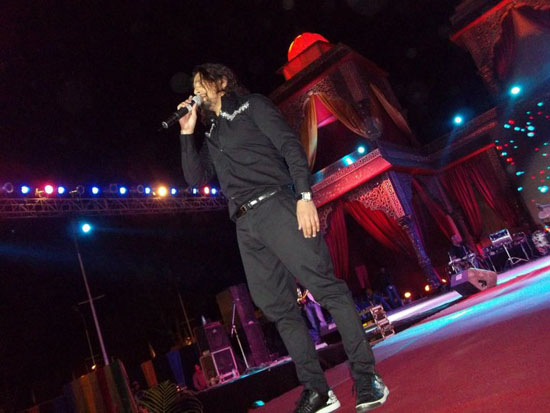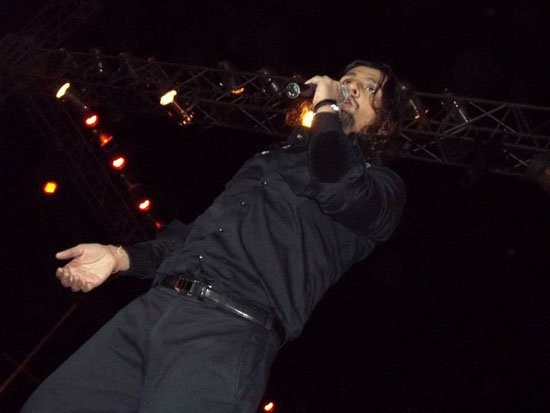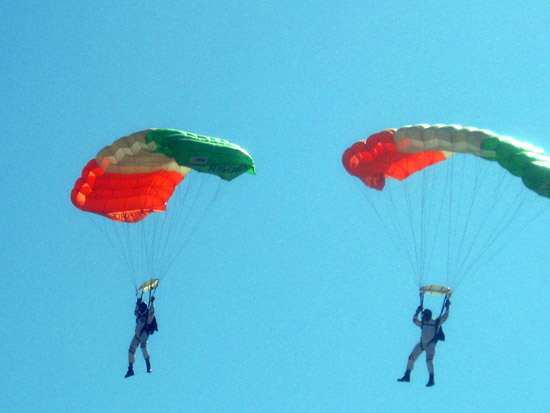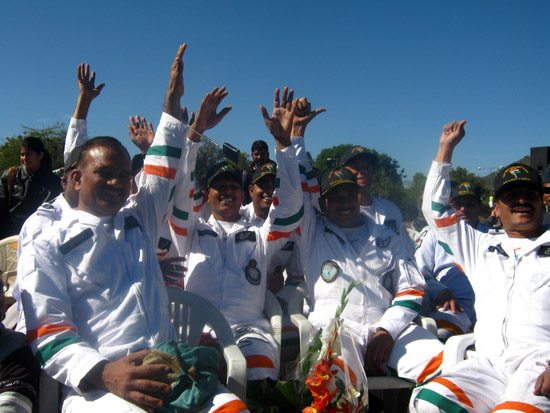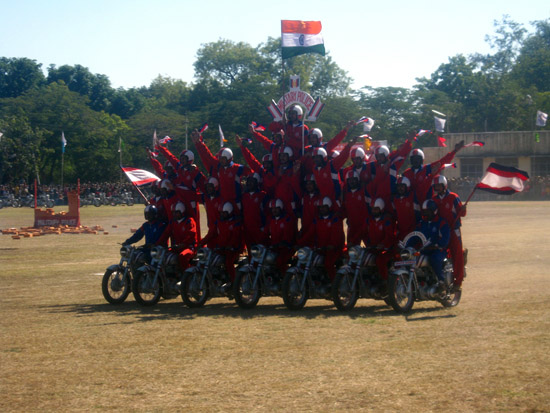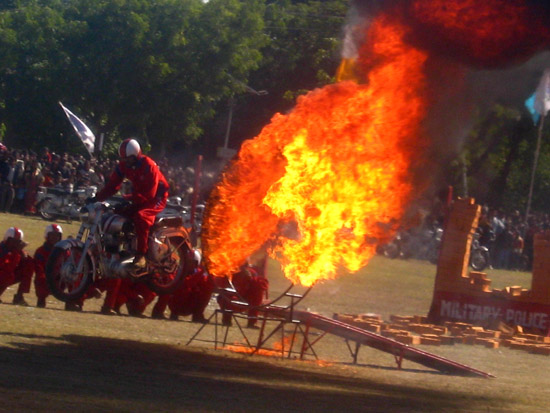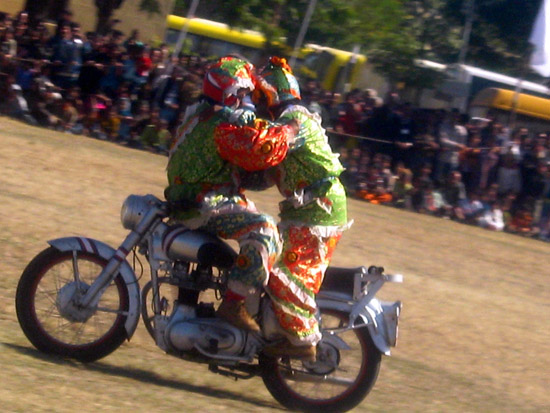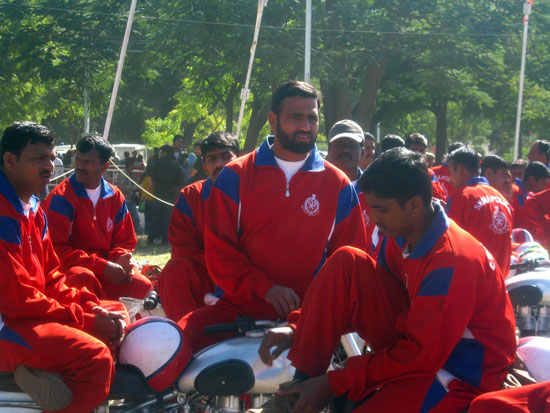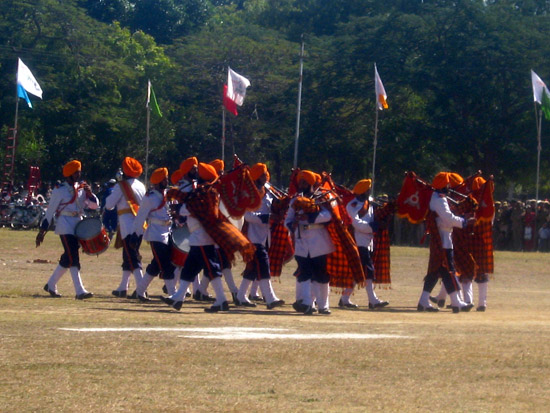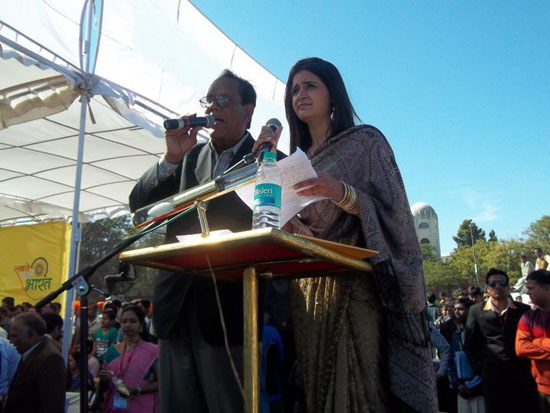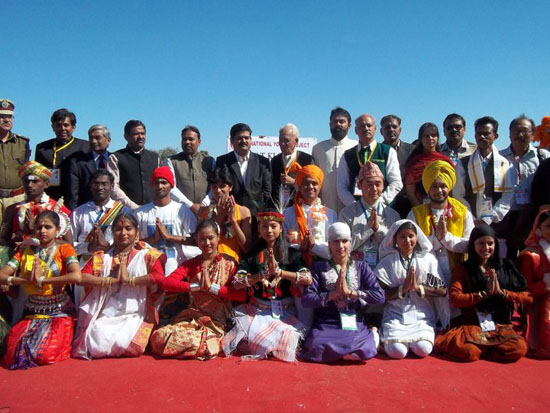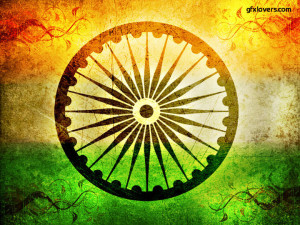International Women’s Day celebrated each year on March 8 remains as a vibrant day in the women’s calendar. In the words of Late Pt Jawaharlal Nehru: “You can’t tell the condition of a nation by looking at the status of its women“.
As we will be celebrating women’s day on 8th March, I feel that it is my duty to express my gratitude to all women in my life, as a mother, sister, friend, and peer to all known and unknown women.
International Women’s Day (8 March) is an occasion marked by women’s groups around the world. This date is also commemorated at the United Nations and is designated in many countries as a national holiday. When women on all continents, often divided by national boundaries and by ethnic, linguistic, cultural, economic and political differences, come together to celebrate their Day.
International Women’s Day is the story of ordinary women as makers of history; it is rooted in the centuries-old struggle of women to participate in society on an equal footing with men. In ancient Greece, Lysistrata initiated a sexual strike against men in order to end war; during the French Revolution, Parisian women calling for “liberty, equality, and fraternity” marched on Versailles to demand women’s suffrage.
The idea of an International Women’s Day first arose at the turn of 20th century, which in the industrialized world was a period of expansion and turbulence, booming population growth and radical ideologies.
International Women’s Day is the story of ordinary women as makers of history; it is rooted in the centuries-old struggle of women to participate in society on an equal footing with men. In ancient Greece, Lysistrata initiated a sexual strike against men in order to end war; during the French Revolution, Parisian women calling for “liberty, equality, and fraternity” marched on Versailles to demand women’s suffrage.
The idea of an International Women’s Day first arose at the turn of 20th century, which in the industrialized world was a period of expansion and turbulence, booming population growth and radical ideologies.
Forbes magazine has made a list of the 100 most powerful women in the world. Magazine looked for women who run countries, big firms or influential nonprofits organization for compiling the list. Their rankings are a combination of two scores: visibility in press and media and the size of the organization or country these women lead.
Top ten ladies selected for year 2010 are
1. Michelle Obama (First Lady Michelle Obama,U.S.)
2. Irene Rosenfeld (Chief Executive, Kraft Foods)
3. Oprah Winfrey (Talk show host and media mogul)
4. Angela Merkel (Chancellor, Germany)
5. Hillary Rodham Clinton (Secretary of State, U.S.)
6. Indra Nooyi (Chief Executive, Pepsico, India)
7. Lady Gaga (Singer and performance artist)
8. Gail Kelly (Chief Executive, Westpac)
9. Beyoncé Knowles (Singer and fashion designer)
10. Ellen DeGeneres (Talk show host)
The list of dedicated dynamic women personalities of Udaipur are
- Ms.Girija vyas( Chairperson of National Women Commission)
- Rajni Dangi (Sabhapati of Muncipal corporation)
- Mrs.Padmaja Kumari (Jt. Managing Director, HRH Group of Hotels)
- Mrs. Anshu Kothari (Secretary General of Udaipur Chambers Of Commerce and Indust)
- Mrs.Shradha Gattani( Managing Director, Oriental Palace Resorts)
- Dr. Sweety Chhabra(Managing Director, NICC)
- Mrs. Alka Sharma (Founder, Central Public School (CPS)),
- Mrs.Meera Ranawat (Chairperson of Techno India NJR Inst. of Technology)
- DR. Sudha Kothari (Gynecologist)
and many more like them working in their respective field with hats off confidence and grace.
Women are often not thanked or shown gratitude. I doubt if a man can ever do what a woman does and manage both the career and family with the patience and zeal of a woman. A man too takes care of both but there are many aspects that a woman is capable of doing but a man is not. It’s not to put down the men, but we have all witnessed this at our place and elsewhere, so I take the liberty in saying these powerful statements.
Honouring Gratitude from Team UdaipurBlog to all Women across the globe.
You May Also Check : It’s our day – It’s Women’s Day
– By Chetna Purohit
——————————————————————————————————————————————–
About the author – Chetna Purohit is a young Udaipurite pursuing her Engineering in Computer Science (2nd Year).

